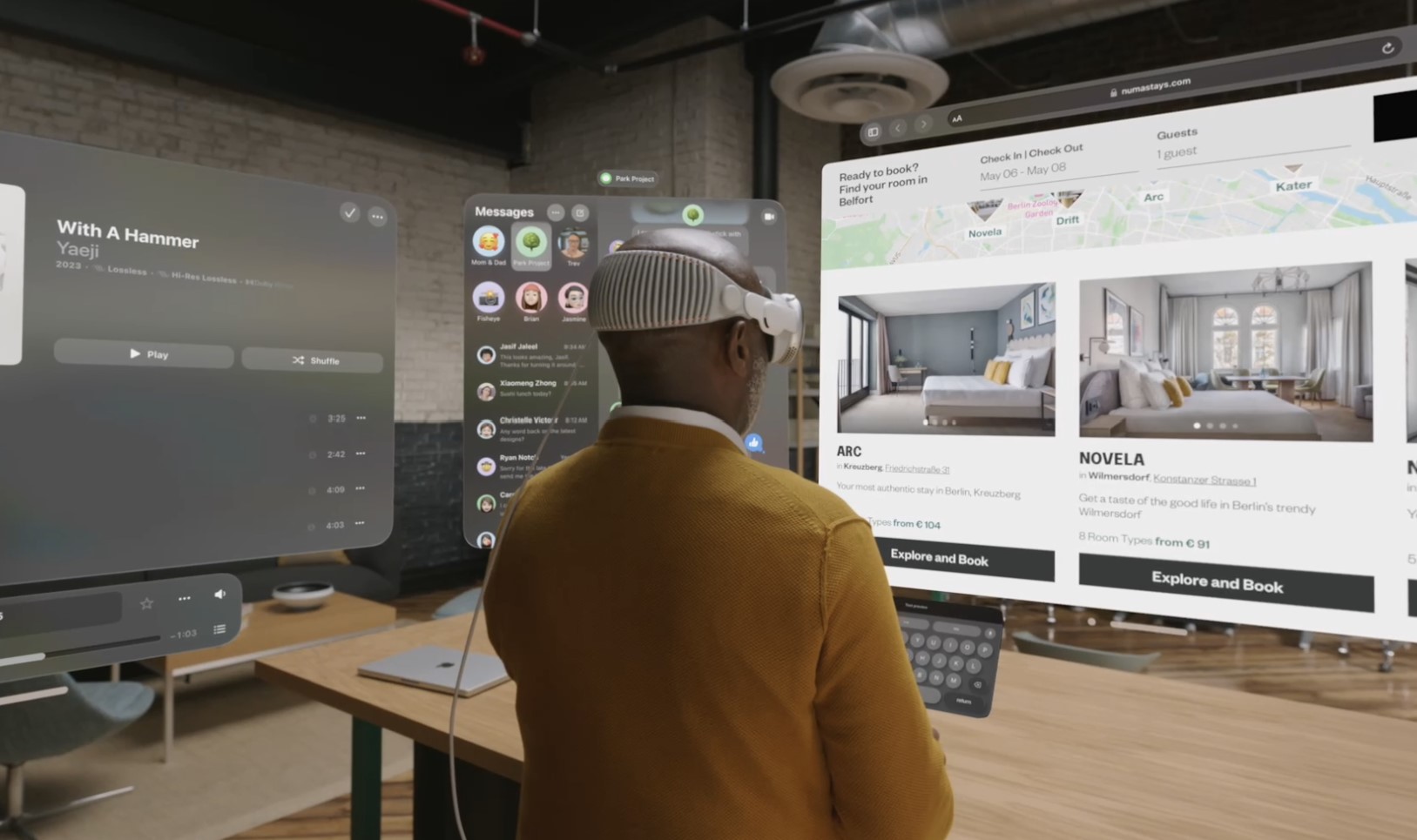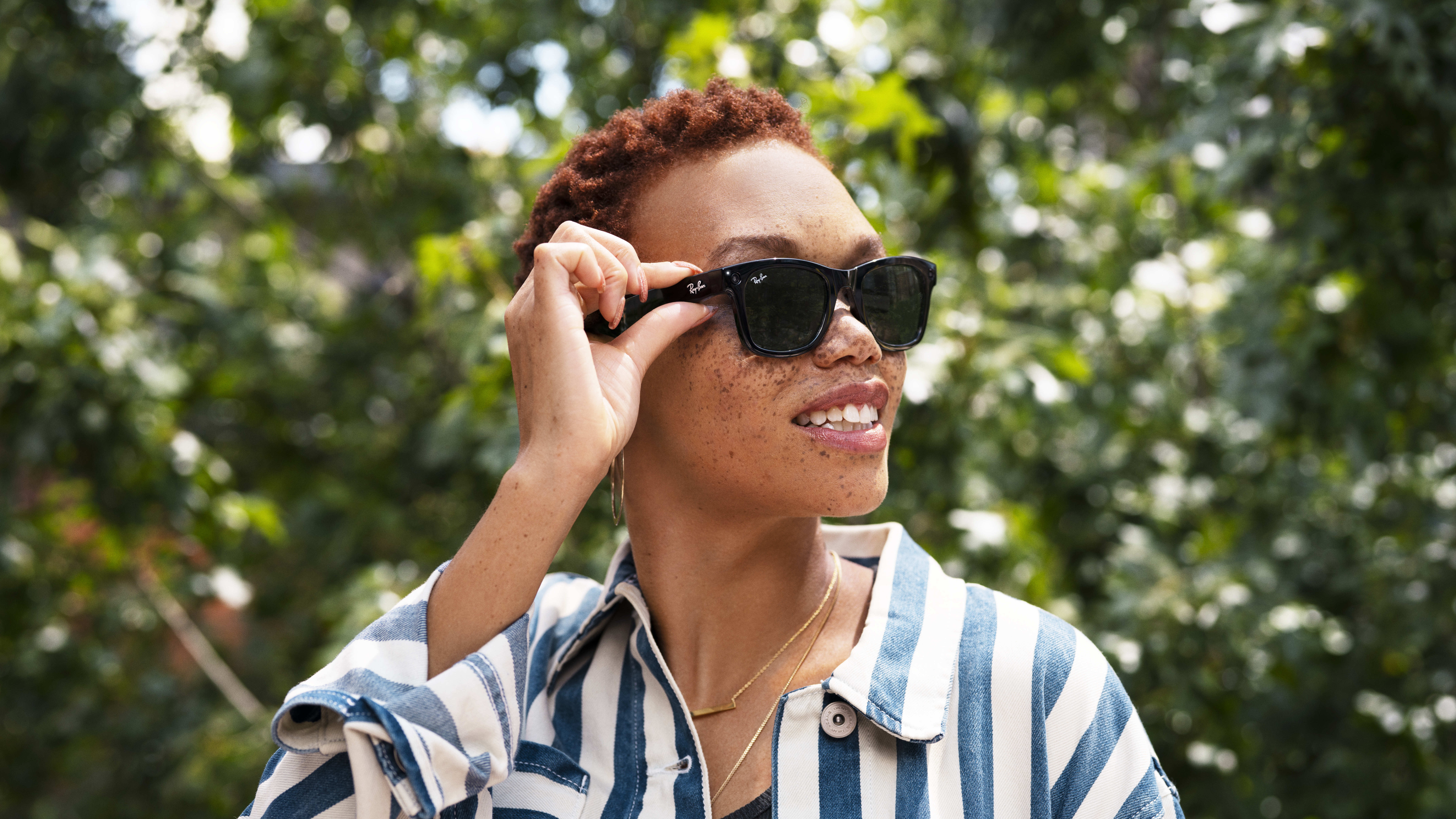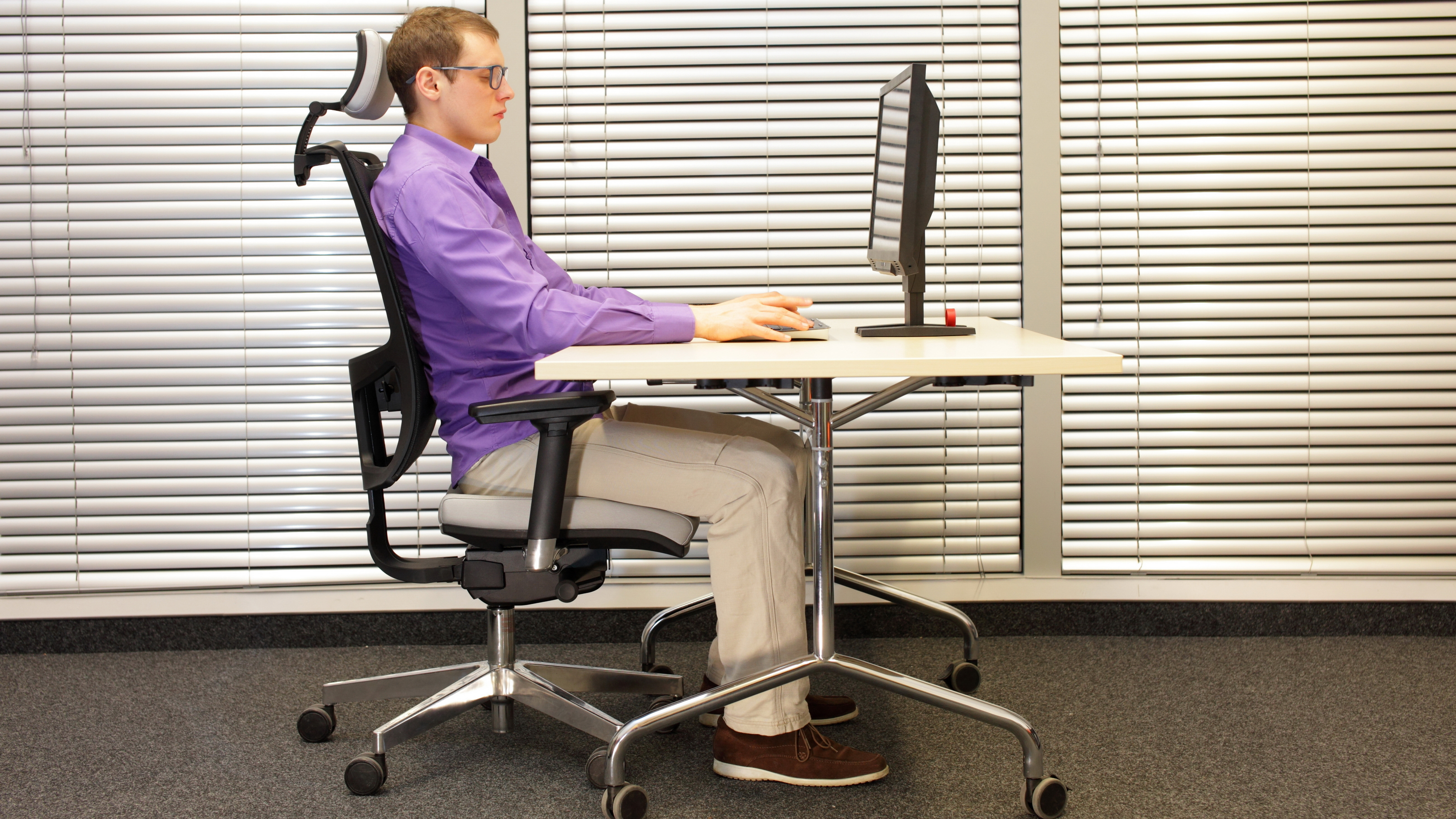I am so ready to play and work in Apple Vision Pro
But they're ugly, says the person hunched over a desk...

If we could start from scratch to create an ideal workspace, would it be a desk and chair and office? Of course not. We wouldn’t box everyone into a cube, then limit them to working within a 32-inch digital window. We wouldn’t confine creativity to a physical space that is hardly wider than our shoulders. We’d build whatever environment suited the task at hand. This is why I’m so excited to play and work in Apple Vision Pro.
The office does not suit anyone. You wear the suit, the office sits there. Today’s office is the least common denominator. We need to run from this old, insipid concept as quickly as our technology and budgets will allow.
In my small, New York suburb apartment, I made an office from the dining nook. My used Herman Miller Aeron chair cost too much, but my back hurts if I sit for too long. This Razer keyboard is covered in crumbs that I can’t entirely blame on my kid. My Surface Laptop Go can’t handle my external display so it crashes every time I ask Photoshop to select my ‘Subject.’ Tell me again why I don’t really, really want an Apple Vision Pro?

We think about today’s virtual reality headsets for their gaming potential, but VR has the power to create a fun version of whatever we’re doing. Games are great in virtual reality, but even watching a movie on Netflix is more fun. Why sit in your living room when you can sit on a couch on the moon?
Exercise is so much fun in virtual reality that you can convince yourself you are dancing and fighting with swords while you get a cross-country skiing level of cardio. There’s a VR game called Job Simulator that lets you visit an office and cause chaos to an interactive environment. Everything is more fun in VR.
The Apple demos were sad because that life is sad
By applying VR to an iPhone-style OS, Apple is offering the opportunity to extend this philosophy to … well, everything! It isn’t here yet. Apple hasn’t built this new world, not yet. We’ve only gotten a glimpse of the device, the capabilities, and a few use cases that were, let’s admit it, kind of sad.
Apple’s demo videos included a man watching his children and family, while sitting alone in a dark room; a woman in what seemed like a poorly furnished hotel room, doing work. These are sad situations. There’s nothing an Apple device can do to make them happy.
Sign up for breaking news, reviews, opinion, top tech deals, and more.

These situations would be even more sad with a traditional computer. Now there’s a man hunched over a desk, watching videos of his children and family on a flickering computer screen. It’s just as dark, and he is still alone.
A woman sits on a dirty hotel chair at a big, ugly desk. The lamp is dark because her phone, laptop, and other devices are taking up the only power outlets she can access without moving furniture. She is having a video chat on her blurry laptop camera and staring at her team in tiny window boxes on her 13-inch display.
Apple Vision Pro is ahead of what the first iPhone was
It’s hard to imagine inspiring examples because there hasn’t been enough discovery and development with the product, and that’s okay. It is very early in the product’s life cycle. Think of the early days of the iPhone.
When it launched, the iPhone could essentially do three things. It was a phone, a web browser, and a music player. It could also take photos, but not well. It didn’t have GPS, or even fast mobile networking. There wasn’t an app store, you could only put web page bookmarks on your home screen.
By comparison, the Apple Vision Pro is leaps ahead of where the iPhone sat. Apple has developers involved with visionOS from the beginning, unlike iOS. Apple allowed media to experience a controlled demo with the actual product, unlike the iPhone, which legend says was held together with bubble gum and prayers the first time Steve Jobs used one on stage.

I would have loved it if Apple announced the mobile headset of the future to replace my iPhone. The true successor to Google Glass. Apple’s version of Snapchat Spectacles, or Ray Ban Stories, but with just enough Black Mirror sci-fi features thrown in to get me titillated about the future.
Instead, I got the best Macbook for my face. It’s not what I expected, but I’m even more excited. I see people complaining about the Vision Pro – the price, the capabilities, the look – and I wonder what their work life looks like. My environment would be greatly improved by Apple Vision Pro, and by taking a step back I’m able to see the current situation and its horrible posturing.
Look at who is laughing at this and ask why
Critics laugh at images of folks wearing Apple Vision Pro headsets. Fashion bloggers make jokes that wearing Apple Vision Pro will help them avoid seeing the other major fashion faux pas that office workers regularly make.
Office workers. You know, people who sit in cubes and work at laptop computers hooked up to docking stations. As if we need the added abuse from laughing critics and fashion bloggers. We just want to get our jobs done in a place that is pleasant to work.
sitting at the office like this so i don't have to look at worsted suit jackets worn with skinny jeans pic.twitter.com/pkelJYhNbVJune 5, 2023
If Apple Vision Pro looks ridiculous, that’s probably because we are stuck in a Victorian mindset of what office work looks like. For decades, maybe more than a century, office work has meant an office, a desk, and a chair. The paradigm held strong, even when digital technology replaced paper.
We still have folders on our computers. We still have a ‘desktop’ on Windows and Mac OS. We call them desktop computers. Why? Why is the desk important? Why does our idea of work and computing necessitate a desk? It’s an old way of thinking. After we break free, we will feel silly that we were ever stuck behind one.
Imagine a museum visitor in the future, at an animatronic exhibit on the evolution of work. A diorama contrasts office work with spatial computers, like an Apple Vision Pro. The museum is dedicated to the ancient relic of Capitalism, which is now considered a slur and a nasty thing to call your elders.

On one side I’m an office drone in a crisp, dry-cleaned outfit. I hunch over a keyboard, moving a mouse with one hand, and work mostly on the 32-inch monitor ergonomically placed at eye level.
You can tell how productive I am based on how often I move the mouse or type on the keyboard. I face one direction. A rearview mirror on the monitor lets me know when someone approaches from behind (yes, I had one of these at my corporate office job).
On the other side, you are using Apple Vision Pro. There’s a keyboard and mouse on a desk, but they mostly go untouched. You are standing, and sitting, and moving about. You are looking all around, not just at a limited, rectangular space. Your hands flit about in tight movements like a conductor managing an orchestra.
On one hand, we have a medieval chamber disguised as productivity. On the other, we have a full range of motion in an expansive, colorful space. It seems crystal clear which represents the future.
Working in VR will be fun, why don't you like fun?
That doesn’t mean Apple Vision Pro won’t also be fun. What the Vision Pro headset will improve first will be the way I work and the place I work, and I suspect it will make both of these even more fun.
I can’t speculate about what Apple Vision Pro will become, but I can imagine the vista if the starting point is what we’ve seen so far. I’m not judging the experience concepts that Apple showed, I’m judging the performance and capabilities of the device, and it seems to be ready to take over work and productivity, and I am ready to begin.

Starting more than 20 years ago at eTown.com. Philip Berne has written for Engadget, The Verge, PC Mag, Digital Trends, Slashgear, TechRadar, AndroidCentral, and was Editor-in-Chief of the sadly-defunct infoSync. Phil holds an entirely useful M.A. in Cultural Theory from Carnegie Mellon University. He sang in numerous college a cappella groups.
Phil did a stint at Samsung Mobile, leading reviews for the PR team and writing crisis communications until he left in 2017. He worked at an Apple Store near Boston, MA, at the height of iPod popularity. Phil is certified in Google AI Essentials. His passion is the democratizing power of mobile technology. Before AI came along he was totally sure the next big thing would be something we wear on our faces.